This should help - I had do do a similar thing before and wrote a function that I posted here.
#required function from www.menugget.blogspot.com
matrix.poly <- function(x, y, z=mat, n=NULL){
if(missing(z)) stop("Must define matrix 'z'")
if(missing(n)) stop("Must define at least 1 grid location 'n'")
if(missing(x)) x <- seq(0,1,,dim(z)[1])
if(missing(y)) y <- seq(0,1,,dim(z)[2])
poly <- vector(mode="list", length(n))
for(i in seq(length(n))){
ROW <- ((n[i]-1) %% dim(z)[1]) +1
COL <- ((n[i]-1) %/% dim(z)[1]) +1
dist.left <- (x[ROW]-x[ROW-1])/2
dist.right <- (x[ROW+1]-x[ROW])/2
if(ROW==1) dist.left <- dist.right
if(ROW==dim(z)[1]) dist.right <- dist.left
dist.down <- (y[COL]-y[COL-1])/2
dist.up <- (y[COL+1]-y[COL])/2
if(COL==1) dist.down <- dist.up
if(COL==dim(z)[2]) dist.up <- dist.down
xs <- c(x[ROW]-dist.left, x[ROW]-dist.left, x[ROW]+dist.right, x[ROW]+dist.right)
ys <- c(y[COL]-dist.down, y[COL]+dist.up, y[COL]+dist.up, y[COL]-dist.down)
poly[[i]] <- data.frame(x=xs, y=ys)
}
return(poly)
}
#make vector of grids for hatching
incl <- which(over==1)
#make polygons for each grid for hatching
polys <- matrix.poly(1:12, 1:6, z=over, n=incl)
#plot
png("hatched_image.png")
image(1:12, 1:6, data)
for(i in seq(polys)){
polygon(polys[[i]], density=10, angle=45, border=NA)
polygon(polys[[i]], density=10, angle=-45, border=NA)
}
box()
dev.off()
Or, and alternative with "stipples":
png("hatched_image2.png")
image(1:12, 1:6, data)
for(i in seq(polys)){
xran <- range(polys[[i]]$x)
yran <- range(polys[[i]]$y)
xs <- seq(xran[1], xran[2],,5)
ys <- seq(yran[1], yran[2],,5)
grd <- expand.grid(xs,ys)
points(grd, pch=19, cex=0.5)
}
box()
dev.off()
Update:
In (very late) response to Paul Hiemstra's comment, here are two more examples with a matrix of higher resolution. The hatching maintains a nice regular pattern, but it is not nice to look at when broken up. The stippled example is much nicer:
n <- 100
x <- 1:n
y <- 1:n
M <- list(x=x, y=y, z=outer(x, y, FUN = function(x,y){x^2 * y * rlnorm(n^2,0,0.2)}))
image(M)
range(M$z)
incl <- which(M$z>5e5)
polys <- matrix.poly(M$x, M$y, z=M$z, n=incl)
png("hatched_image.png", height=5, width=5, units="in", res=400)
op <- par(mar=c(3,3,1,1))
image(M)
for(i in seq(polys)){
polygon(polys[[i]], density=10, angle=45, border=NA, lwd=0.5)
polygon(polys[[i]], density=10, angle=-45, border=NA, lwd=0.5)
}
box()
par(op)
dev.off()
png("stippled_image.png", height=5, width=5, units="in", res=400)
op <- par(mar=c(3,3,1,1))
image(M)
grd <- expand.grid(x=x, y=y)
points(grd$x[incl], grd$y[incl], pch=".", cex=1.5)
box()
par(op)
dev.off()

